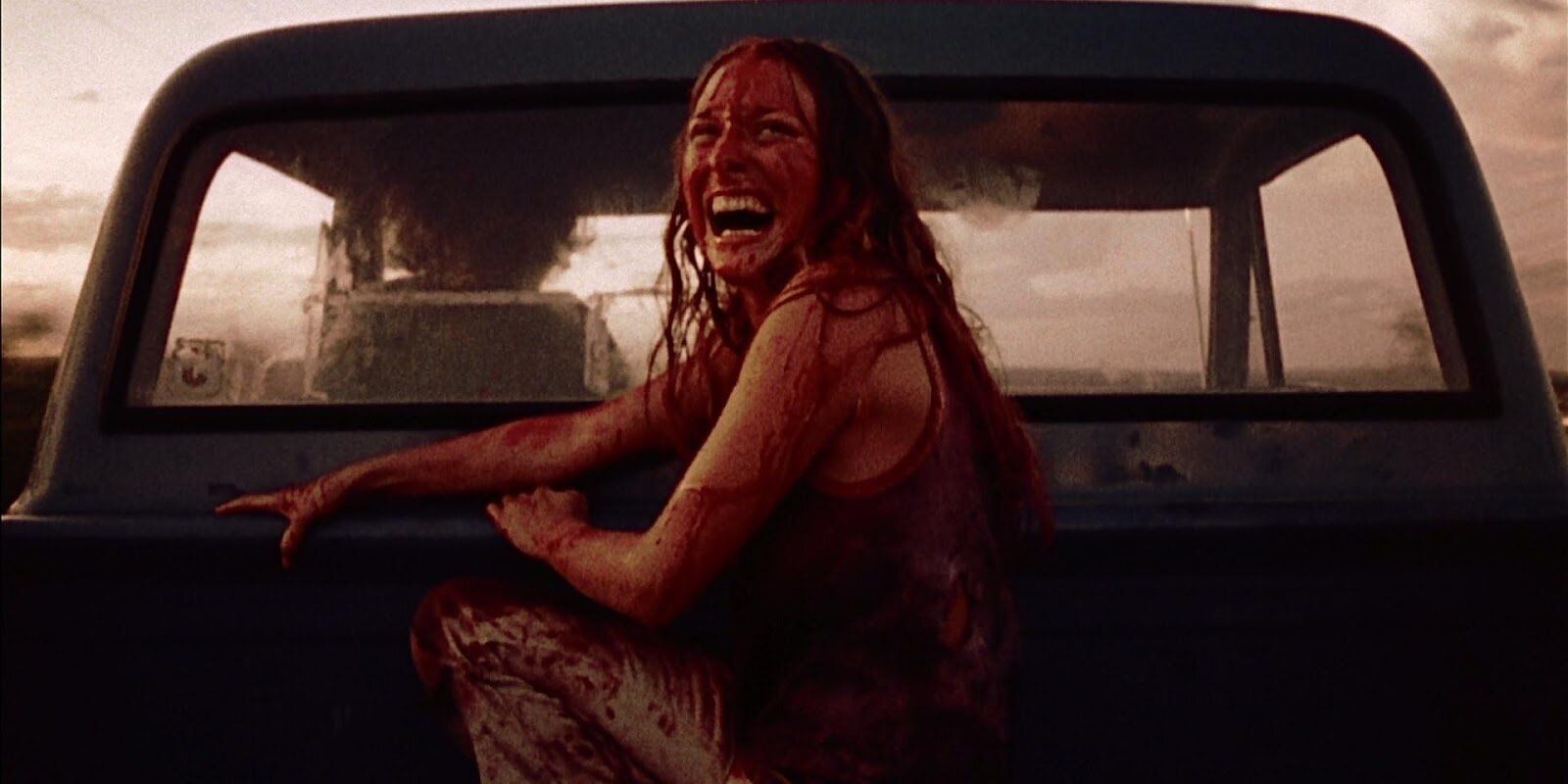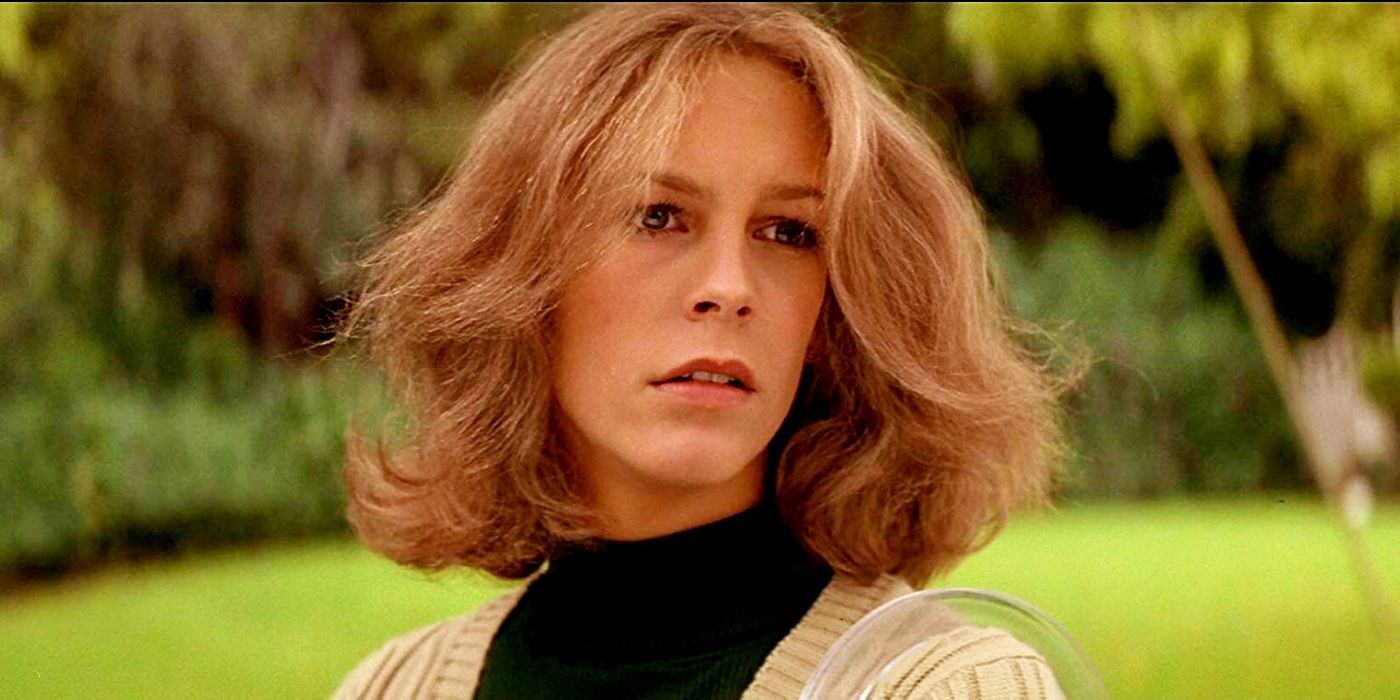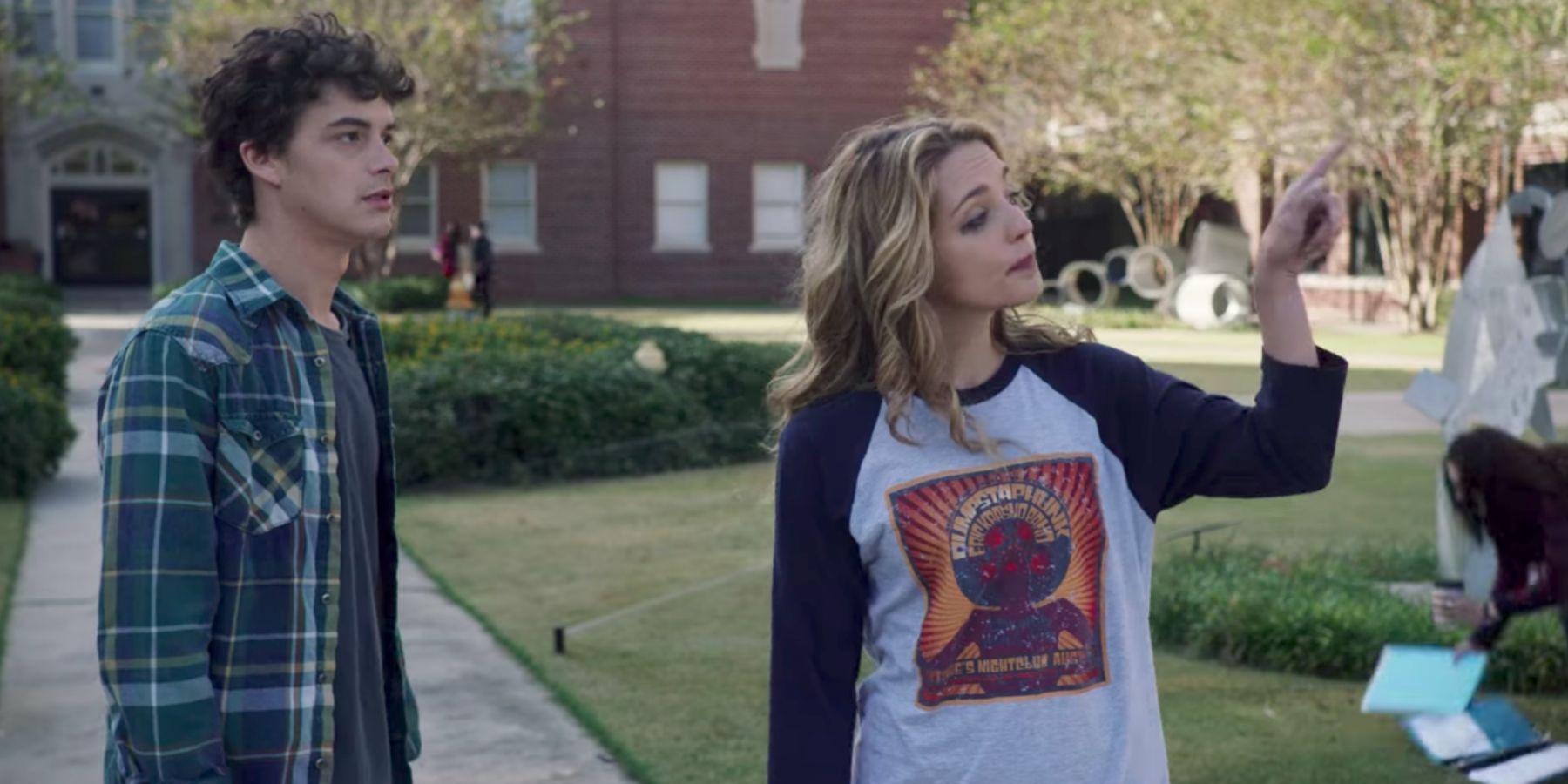Horror is the only cinematic genre in which the audience enters with a full and well-earned expectation that most of the characters they're introduced to will die before the end credits roll. However, there's one character who can almost always be expected to survive until the bitter end, and that's why they call her the final girl.
The slasher film is in something of a sorry state in the modern day. Its heyday is decades behind us, its current incarnations are either meta parodies or classic series that have been prolonged beyond their era. Some elements of the subgenre remain, however, in the cultural conversation.
The final girl is the sole survivor of the slasher's rampage. A mass of characters are introduced, typically with one or two identifiable traits each, then they begin being picked off one by one. As originally identified, the final girl is typically kind to the point of naivety, strictly sober despite her friends' indulgences, and completely chaste. Her supposed moral superiority marks her out as "better" than the other victims. The audience is meant to see her survival as good and right since she didn't do any drugs or have any sex. For her good behavior, she's typically rewarded with prolonged survival and a confrontation with the killer of the piece. This confrontation almost always goes in her favor. She may defeat the killer, or barely escape with her life, or survive long enough to be rescued. Over the years, however, aspects of this trope have died, and the term has become more general.
The original final girl is Sally Hardesty, the main character portrayed originally by Marilyn Burns in Tobe Hooper's 1974 classic The Texas Chainsaw Massacre. Elements of the trope were present in earlier works, however. Early descriptions of the final girl wouldn't have included characters like Lila Crane from Psycho, even though she is both a woman and the sole survivor. She lacks the typical moral superiority details. Modern incarnations would likely make room for her, however. Early examples of the final girl were typically portrayed as damsels in distress and typically saved by others. Cultural critics and film scholars have argued that the final girl exists because audiences might struggle to identify with a male character attempting to convey abject terror. The final girl trope may be the most heavily debated common concept in modern film.
The final girl typically isn't a feminist concept. It often reinforces a puritan moral dichotomy in which pure virgins are the only good women and all those who dare sin are punished with death. Though it puts women in the lead role of an ostensibly male-oriented genre, it only seems to do so because it's considered better to see them suffer. Some argue that when they gain the upper hand, they lose the limited feminine aspects that they had and take up the masculine cinematic language of the killer to win. Some even survive the first film only to be dragged into the sequel and meet a grisly fate there. Some critics have argued that the callous decision to kill off the strong women of horror after their success is an open admission that they weren't meant to exist. The final girl trope is fraught with good and bad examples, but modern incarnations exist primarily as callbacks and satire.
Laurie Strode and Sidney Prescott are still around, appearing in films this year. Both appear decades after the events of their debut, but they've been changed by their experiences. Both Laurie and Sidney seek to avenge themselves upon the killers that ruined their lives. Sally Hardesty followed in their footsteps in the 2022 Texas Chainsaw Massacre. While old final girls have transitioned to hunters, new ones appear as deliberate answers to the old. Blumhouse's Happy Death Day films introduced Tree Gelbman, a final girl who dies dozens of times throughout the film's time-loop structure. Though she's portrayed with a comedic edge, she's a much more well-realized character than the typical example. Cabin in the Woods features Dana Polk, who is cast in the role of "the virgin" by the film's villains, though things don't go as intended. These examples start from the existing trope's expectations and subvert them to create something new.
The final girl has endured as a storytelling concept for over fifty years. Almost all the best-known horror franchises ever to grace the screen have a few, some have managed to keep one going for decades. Though it's sparked a ton of tense debate, many audiences still love to see a lone woman survive the onslaught a horror movie could put her through. It's unlikely that final girls will be going away any time soon, though the new ones will have to be in conversation with the old. Fans will have to wait and see how new leading ladies handle new slasher villains.



